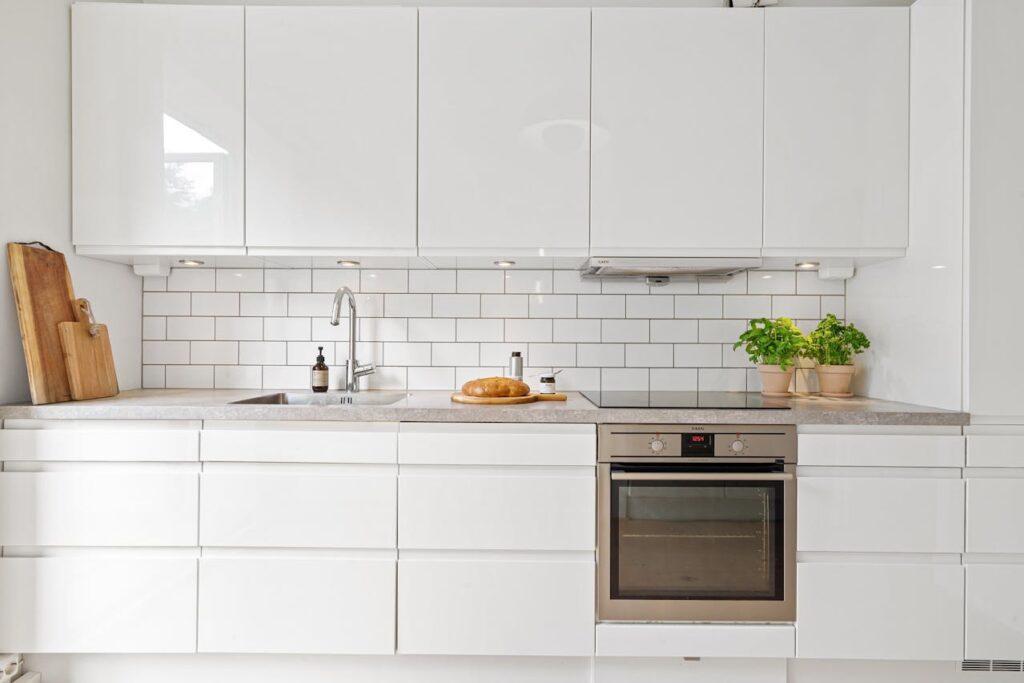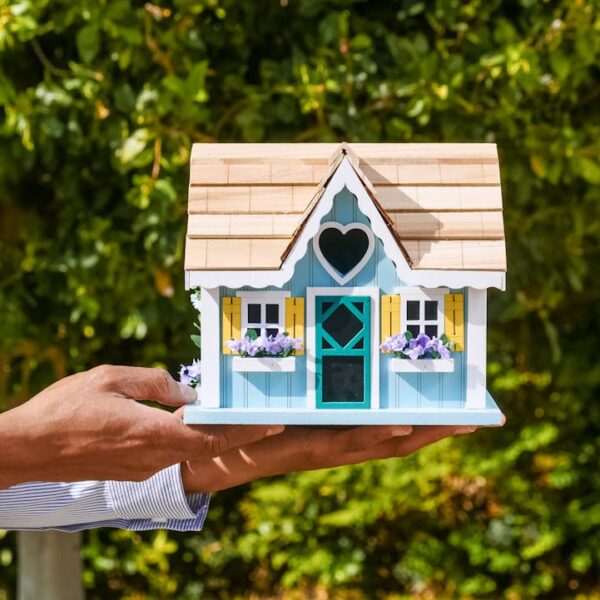Smart Ways to Budget Your Kitchen Remodel: Allocating for Quartz Worktops
When people sit down to map out a kitchen renovation, the worktops almost always creep up the priority list. It’s not just because they take up so much visual real estate — though they certainly do — but because they’re the surface you’ll use and see every single day. That’s why more homeowners are leaning toward the timeless durability of a quartz worktop. But before you rush into showrooms or start scrolling through Pinterest boards at midnight, it pays to think about how to budget properly. Kitchens are notorious for going over budget, and worktops are one of the areas where costs can swing wildly.
The Kitchen Remodel Budget Puzzle
Think of your kitchen renovation like a pie chart. You’ve got several slices: cabinetry, appliances, flooring, lighting, labour, and of course, the worktops. The challenge is that each of these categories competes for the same pot of money. Overspend on the latest fridge with Wi-Fi and a built-in coffee machine, and suddenly your dream counters might need to shrink to a more modest material.
Experts often suggest allocating around 10–15% of your home’s value for a full kitchen remodel. If your house is worth £250,000, that works out to somewhere between £25,000 and £37,500. Out of that, the worktops can represent anywhere from 10–20% of the kitchen budget, depending on the material you choose.
That means if you’ve got a £30,000 remodel budget, you might expect to spend £3,000–£6,000 on your worktops. Sounds straightforward, but reality has a way of complicating things.
Why Worktops Eat a Big Chunk of the Budget
Unlike flooring or appliances, worktops don’t get replaced very often. A decent oven might last 10 years. A solid worktop could outlive two or three kitchen remodels. That’s part of why it’s worth investing properly here.
Quartz, in particular, comes with a higher upfront cost than laminate or wood, but the longevity and low maintenance often justify the expense. No sealing, no fussing over stains, and far less chance of chips compared to natural stone like granite. When you consider cost over 20 years, quartz starts to look less like a splurge and more like a clever financial decision.
The Role of Style in Cost
Of course, not all quartz slabs are created equal. Colours, thickness, veining, and edge profiles can shift the price considerably. A plain 20mm thick grey quartz may sit at the lower end of the scale, while a dramatic 30mm marble-effect slab with waterfall edges will be up there with the premium range.
The style you go for is often dictated not just by taste but by how you want your kitchen to feel. A bold vein running across the island might serve as a centrepiece, while a minimalist white worktop can disappear into the background, letting cabinetry or lighting steal the show. Remember: statement choices tend to cost more, not only in material but also in fabrication.
Step One: Get Real About Your Priorities
Before you even begin to call suppliers, it helps to sit down and list your non-negotiables. Do you care more about high-end appliances, or is the look of the counters what will make or break your vision? Are you happy with IKEA cabinetry if it means you can spend more on the island top?
It’s surprisingly common for homeowners to blow a third of their budget on appliances and then panic when they discover their worktop allowance has shrunk. By flipping that logic — starting with the surfaces that truly transform how the kitchen looks and functions — you give yourself more flexibility later.
Step Two: Understand the Price Drivers of Quartz
Quartz pricing can feel like a moving target, but there are four main levers that affect cost:
- Colour and Pattern – Simple monochrome quartz tends to be cheaper. Complex veining, marble-effect, or unusual tones are pricier.
- Thickness – 20mm is standard. 30mm costs more. Ultra-thin 13mm slabs (used in contemporary kitchens) can also carry a premium.
- Fabrication Details – Edge profiles (bullnose, ogee, waterfall) add labour costs. Cut-outs for sinks and hobs can also increase the price.
- Installation Challenges – Got a tricky corner, unusually large island, or need the slab hauled up three flights of stairs? That’ll show up on your bill.
Knowing this in advance means you can make smart compromises. Maybe you keep a dramatic veined quartz just for the island, and use a simpler complementary quartz around the perimeter. You still get the wow factor without doubling your spend.
Step Three: Mix and Match Materials
Here’s a little budget trick interior designers often use: mix materials. Quartz on the island, laminate or wood for secondary counters. You still enjoy the resilience and beauty of quartz where it matters most — the showpiece area — while keeping costs more manageable on less visible sections.
This doesn’t have to look “cheap” either. Done well, the contrast can feel intentional and stylish. Imagine a sleek white quartz island paired with warm butcher block against the wall. It reads as design, not compromise.
Step Four: Don’t Forget Installation Costs
One area that homeowners often underestimate is the installation. Unlike laminate, you can’t just plonk down quartz with a couple of mates and call it a day. It’s heavy, it requires precise cutting, and if mistakes are made, they’re costly.
Labour, templating, delivery, and installation can sometimes represent 20–30% of the total cost. When budgeting, always ask suppliers for a breakdown that includes these extras. A cheap slab price without installation factored in can be misleading.
Step Five: Plan for the Long Term
When weighing options, it’s tempting to shave £500 off by going with a lower-grade quartz or a thinner slab. But consider this: kitchens aren’t a yearly expense. Most people remodel once every 15–20 years. That means cutting corners now could lead to regret later.
If you can stretch your budget a little to get the worktop you truly want, the satisfaction over the next two decades is likely worth it. On the flip side, if spending more will cause you stress or debt, then a middle-ground solution — like mixing materials or choosing a classic colour — is perfectly smart.
Step Six: Compare Quotes Like-for-Like
When you start gathering quotes, be sure you’re comparing apples to apples. One supplier’s £3,000 quote might include templating, delivery, and installation, while another’s £2,600 figure could be just for the raw slab.
Also pay attention to warranties. Reputable quartz suppliers often offer 10–15 year guarantees. That’s worth factoring into the “true cost” equation. A cheaper, no-warranty supplier could end up costing more if problems crop up later.
Common Budget Mistakes to Avoid
- Forgetting the sink cut-out cost. Yes, it costs extra.
- Assuming splashbacks are included. They’re not. Factor them in.
- Overlooking support requirements. Large islands may need hidden reinforcement, which adds cost.
- Not checking delivery logistics. Narrow hallways or awkward stairs may mean extra fees.
- Leaving worktop decisions to the last minute. Rushed choices often mean overspending.
Balancing Practicality and Aesthetics
Budgeting isn’t just about saving money; it’s about making sure your money goes where it matters most to you. For some, that’s having the most stunning island in town. For others, it’s knowing they chose a material that will handle endless coffee spills, kids’ homework projects, and the occasional dropped pan without flinching.
Quartz often ticks both boxes — beauty and practicality. By planning your budget carefully, you can have the kitchen you love without the post-remodel financial hangover.
Final Thoughts
A kitchen remodel is always a juggling act between dream and reality. Worktops, being the centrepiece and the workhorse of the room, deserve careful thought. By setting clear priorities, understanding the cost factors, and planning ahead, you can allocate wisely and still end up with a kitchen that feels like “you”.
So whether you’re leaning toward a dramatic veined centrepiece or a calming minimalist slab, remember: the right quartz choice isn’t just a purchase, it’s an investment in how your home will feel every single day.





